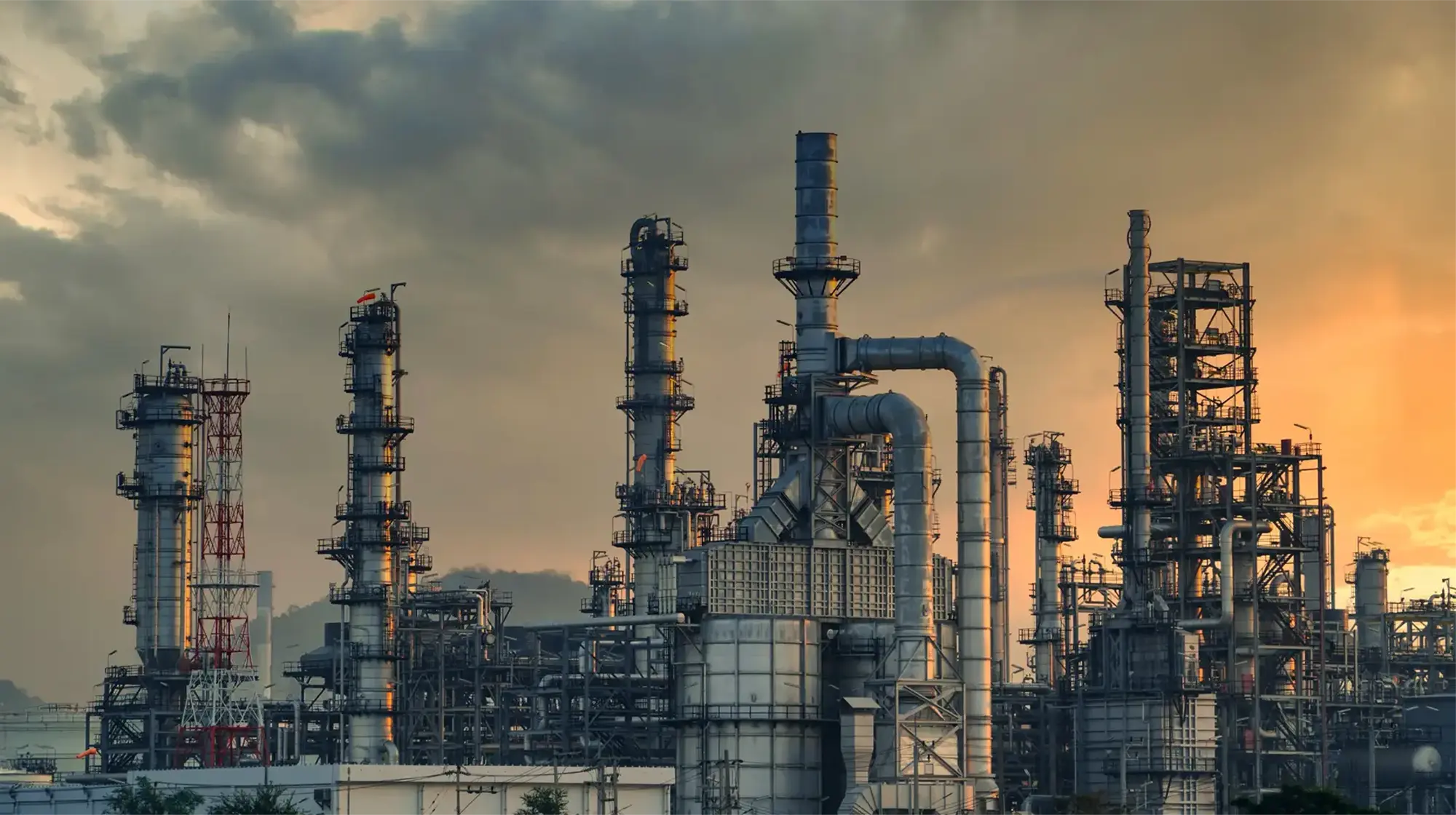Reports related to this article:
Plant(s): View 3 related plants in PECWeb
Released May 02, 2025 | SUGAR LAND
en
Written by Amir Richani for Industrial Info Resources (Sugar Land, Texas)--Petróleos Mexicanos (Pemex) (Mexico City, Mexico) reported a net loss of 43.3 billion Mexican pesos (about US$2.2 billion) for the first quarter of 2025, compared with net income of 4.7 billion Mexican pesos (about US$239 million) in the same period last year. The state-owned company cited factors such as lower sales, higher expenses, increased financial costs and a higher foreign exchange loss.
Along with negative financial results, Pemex registered a drop in its liquid hydrocarbon production from 1.83 million barrels of oil per day (BBL/d) last year to 1.61 million BBL/d between January and March, representing an 11.4% drop.
This was partly the outcome of the natural decline of the Maloob and Zaap offshore fields and the Quesqui and Tupilco Profundo onshore fields. Currently, the Ku-Malob-Zaap complex represents 34% of the company's production, making its natural decline a significant challenge for Pemex to maintain its oil output levels.
However, the company also faced delays in the completion of new wells, the installation of a marine structure at the Xanab oil field, and the commissioning of the backpressure reduction facility at the Quesqui field.
Similarly, natural gas production dropped to 3.5 billion cubic feet per day during the first quarter, about 8.7% less than the same period last year. The reasons behind this were similar to those impacting oil production.
On the downstream front, Pemex processed crude at a rate of 936,000 BBL/d across its refineries, higher than the 786,000 BBL/d registered in the previous quarter, but 5% below the same period last year.
The quarterly processing rate was the outcome of better performance in March driven by the Minatitlan and Tula refineries, as well as the continued ramp-up of the Dos Bocas Olmeca Refinery, which, according to Pemex, processed 103,000 BBL/d during that month.
Subscribers to Industrial Info's Global Market Intelligence (GMI) Petroleum Refining Plant Database can read detailed profiles of the Minatitlan, Tula and Dos Bocas Olmeca refineries.
Mexican President Claudia Sheinbaum has maintained Pemex at the heart of her agenda, ruling out privatizations in the hydrocarbon sector but opening the door for private companies to partner with the state energy company in new developments.
This strategy seeks to leverage private capital and expertise to Pemex's operations. Sheinbaum has pledged to keep Pemex's oil output near 1.8 million BBL/d.
Industrial Info Resources (IIR) is the leading provider of industrial market intelligence. Since 1983, IIR has provided comprehensive research, news and analysis on the industrial process, manufacturing and energy related industries. IIR's Global Market Intelligence (GMI) platform helps companies identify and pursue trends across multiple markets with access to real, qualified and validated plant and project opportunities. Across the world, IIR is tracking more than 200,000 current and future projects worth $17.8 trillion (USD).
Along with negative financial results, Pemex registered a drop in its liquid hydrocarbon production from 1.83 million barrels of oil per day (BBL/d) last year to 1.61 million BBL/d between January and March, representing an 11.4% drop.
This was partly the outcome of the natural decline of the Maloob and Zaap offshore fields and the Quesqui and Tupilco Profundo onshore fields. Currently, the Ku-Malob-Zaap complex represents 34% of the company's production, making its natural decline a significant challenge for Pemex to maintain its oil output levels.
However, the company also faced delays in the completion of new wells, the installation of a marine structure at the Xanab oil field, and the commissioning of the backpressure reduction facility at the Quesqui field.
Similarly, natural gas production dropped to 3.5 billion cubic feet per day during the first quarter, about 8.7% less than the same period last year. The reasons behind this were similar to those impacting oil production.
On the downstream front, Pemex processed crude at a rate of 936,000 BBL/d across its refineries, higher than the 786,000 BBL/d registered in the previous quarter, but 5% below the same period last year.
The quarterly processing rate was the outcome of better performance in March driven by the Minatitlan and Tula refineries, as well as the continued ramp-up of the Dos Bocas Olmeca Refinery, which, according to Pemex, processed 103,000 BBL/d during that month.
Subscribers to Industrial Info's Global Market Intelligence (GMI) Petroleum Refining Plant Database can read detailed profiles of the Minatitlan, Tula and Dos Bocas Olmeca refineries.
Mexican President Claudia Sheinbaum has maintained Pemex at the heart of her agenda, ruling out privatizations in the hydrocarbon sector but opening the door for private companies to partner with the state energy company in new developments.
This strategy seeks to leverage private capital and expertise to Pemex's operations. Sheinbaum has pledged to keep Pemex's oil output near 1.8 million BBL/d.
Industrial Info Resources (IIR) is the leading provider of industrial market intelligence. Since 1983, IIR has provided comprehensive research, news and analysis on the industrial process, manufacturing and energy related industries. IIR's Global Market Intelligence (GMI) platform helps companies identify and pursue trends across multiple markets with access to real, qualified and validated plant and project opportunities. Across the world, IIR is tracking more than 200,000 current and future projects worth $17.8 trillion (USD).


